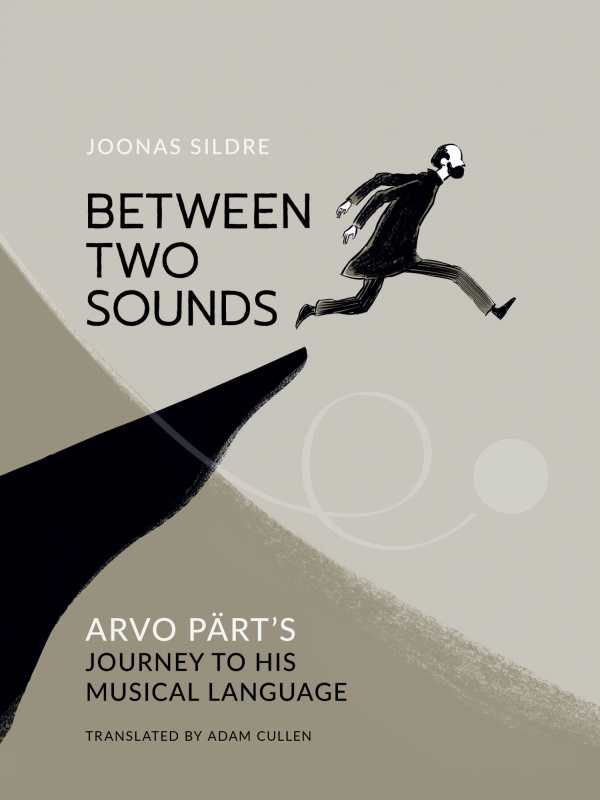Between Two Sounds
Arvo Pärt’s Journey to His Musical Language
- 2024 INDIES Winner
- Honorable Mention, Graphic Novels & Comics (General)
Joonas Sildre’s graphic biography Between Two Sounds is about Estonian composer Arvo Pärt’s lifelong quest to break new ground.
In 1939, Pärt discovered an old, broken piano in his family’s new apartment. He developed his skills and musical philosophy despite the challenges of World War II, Soviet censorship, health problems, and an institutional tradition of music that was resistant to change. Then, after developing a reputation as a modernist composer, he heard a Gregorian chant, which led to the development of his signature technique, tintinnabuli, in which two voices interact, sometimes merging to form an inseparable whole. In time, Pärt’s musical works made him the “most performed living composer in the world.”
In an appealing cartoon style, the art does an exceptional job of expressing the power of music in a visual format, utilizing different-sized dots, straight, swirling, or jagged lines, and other techniques to convey sound. The development of Pärt’s compositional style is covered through conversations with his music teachers and through his reactions and observations, with lines like “you must treat a single sound like a human soul,” “all wisdom lies in reduction,” and “art should address eternal questions.” Innovative storytelling methods are used to illuminate his stylistic influences, too: when Pärt sees a hospital worker in regular clothes instead of a uniform, he doesn’t recognize the man right away, leading him to observe that “it’s strange how an angle can alter one’s understanding.”
Between Two Sounds is a perfect graphic novel introduction to the life and work of an acclaimed modern master of music.
Reviewed by
Peter Dabbene
Disclosure: This article is not an endorsement, but a review. The publisher of this book provided free copies of the book to have their book reviewed by a professional reviewer. No fee was paid by the publisher for this review. Foreword Reviews only recommends books that we love. Foreword Magazine, Inc. is disclosing this in accordance with the Federal Trade Commission’s 16 CFR, Part 255.

